🎨 How Many Arts Are There?
Categorizing Modern Art
What possible venues can the modern artist choose to express themselves? Let us recall the definition we used in 🎨 Advice for the Modern Artist:
Art is any activity that intentionally transmits emotions among humans.
Artistic Categories
What particular area of expertise should the fledging artist choose? In the past there were only a few options, but nowadays there are a lot of avenues to express yourself. Let’s now delve into the tricky world of categorizing art.
Fine Arts
The traditional fine arts are according to Wikipedia: painting, sculpture, architecture, music, and poetry. Theatre and dance were also commonly included.
It cannot be denied that paintings or sculptures can convey powerful emotions, and do this deliberately enough, as we can see below.

I have no concerns about poetry, theatre or dance either. But one of those fine arts sticks out as being particularly inefficient for the tranmission of sentiments: architecture creates living spaces, it can create and express beauty, but the range of emotions that it can express is severely limited. When a construction is more functional than artistic, can it be said to be art? To be honest I have a hard time getting emotions from buildings; and yet there are still surprising findings.
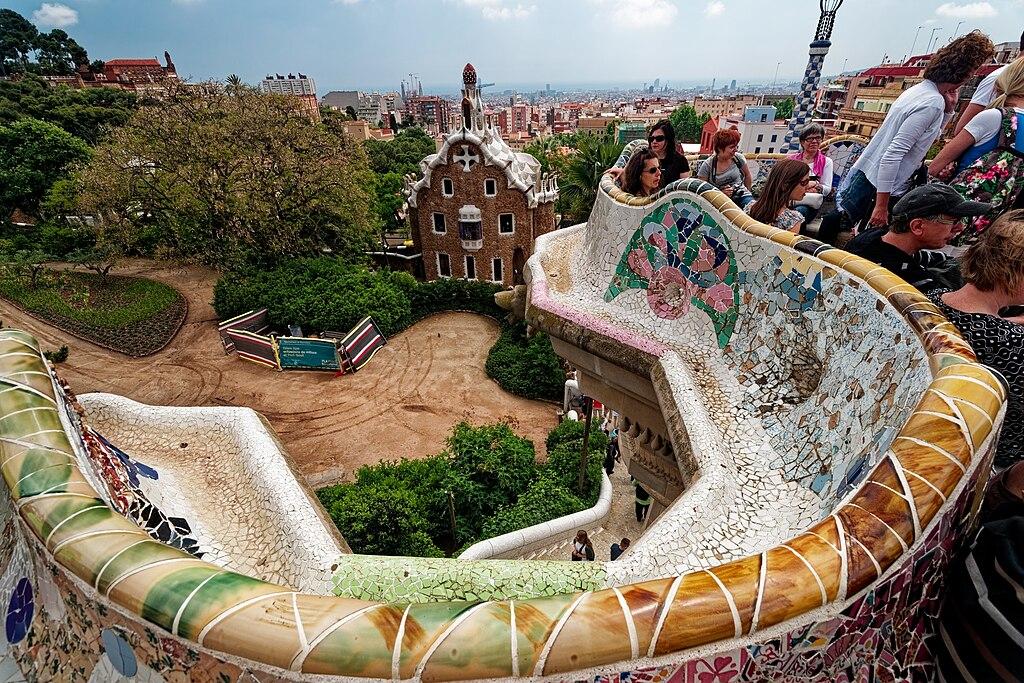
Music and Abstract Art
We have not referred to music yet, and it is an interesting case. It is true that music in its purest form (without words or voices) is often seen as abstract. The Pythagoreans wondered about the geometric nature of musical chords, found out experimentally by plucking a string of different ratios. Why are some chords sad, while others feel feisty?
In general, it is not clear how abstract art transmits whatever it is supposed to be transmitting. Is it just displaying skill by the author, a complex technique or the novelty of a new pattern? I must confess that quite often I don’t get it, and apparently most people as it has never gained widespread acceptance. And yet I can also feel some strong emotions sometimes with exceptional works.
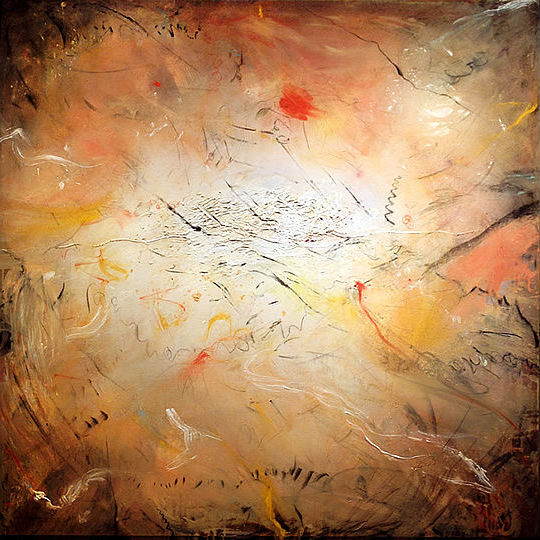
In the words of Arturo:
In my opinion there is no higher artistic emotion than that produced by the ineffable: by that which needs no rational explanation.
I can easily agree, but looking for explanations can still be insightful. The fact is that music can transmit strong complex emotions. Film soundtracks are usually instrumental, and they help carry the story forward to the point that many movies feel naked without them. I will add a more personal note: once I was feeling nostalgic at a jazz guitar duo concert, only to learn later that the piece was called “Nostalgia”. I’m sure you have had similar experiences.
I cannot help but think that we have the ability to transmit powerful emotions using our voices: cheerful chirps, sad intonations, whiny howls, or imperative commands. Even birds have the power to make us feel happy or sad with their songs. Is it possible that musical compositions mimic these “wired-in” patterns? In this case music would just be emulating the sounds that we are programmed to resonate to.
So how can composers and performers deliver raw feelings just using different notes and chords? The answer might be that since they are human themselves, they can try different things and see how they make themselves feel. Art through empathy is a powerful mechanism, and one that is not available to artificial intelligence for obvious reasons.
Modern Arts
Since the fine arts were categorized, technology has made possible new ways of expressing emotions. Modern categories often include cinema, photography and comics.
What about applied arts like design or decoration? According to Wikipedia they make everyday objects aesthetically pleasing, which as we have seen is a kind of feeling and does therefore qualify under our definition.
We already saw this piece of algorithmic art:
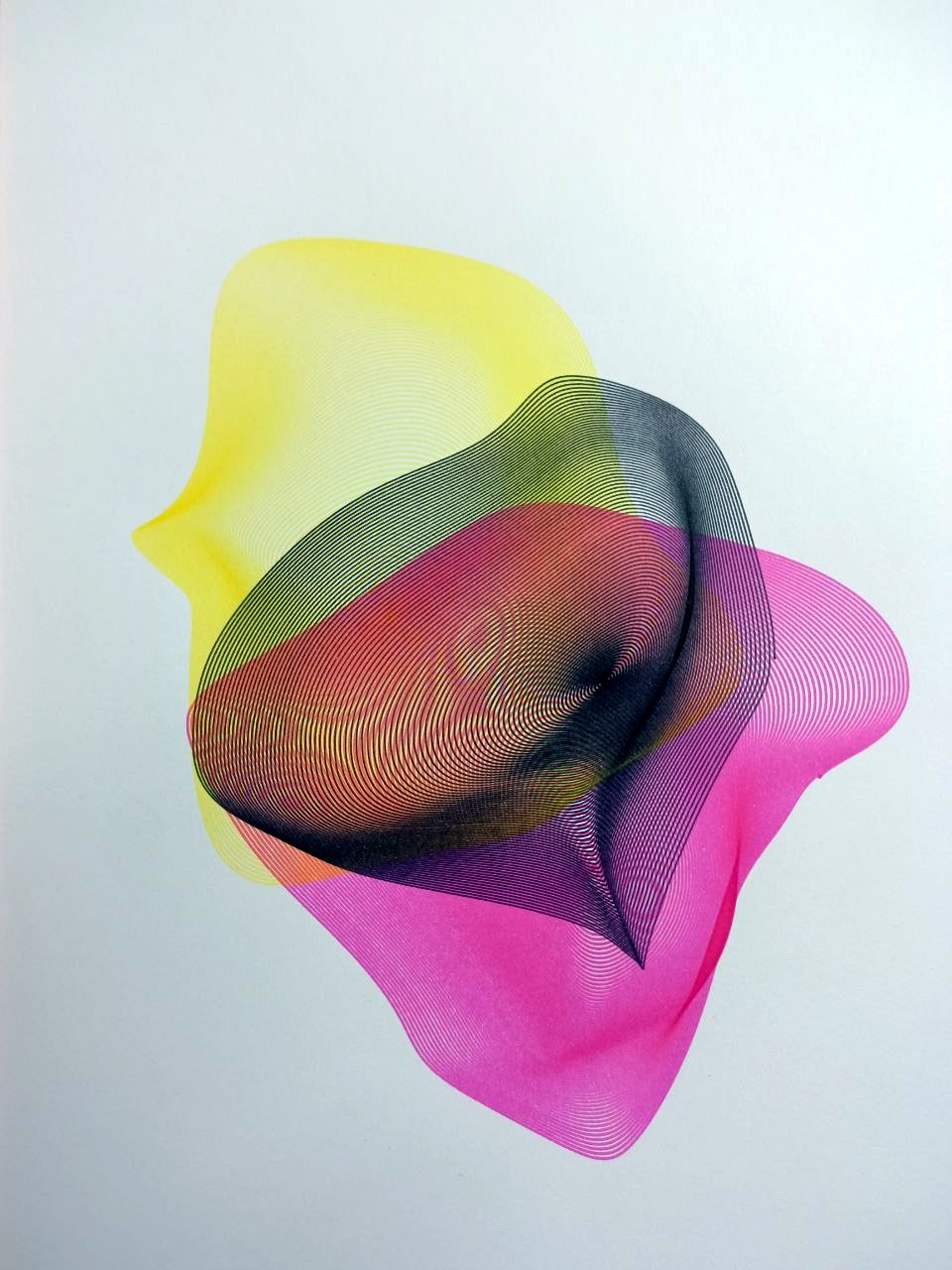
There are many other human activities that raise our inner emotions, although they are not always categorized as art. Let’s review a few of them, starting with the most obvious and going deeper with fringe acts.
Computer Games
The most consumed form of art nowadays: they create beauty, strike fear, tell interesting and immersive stories. The gaming industry hires lots of artists for character design and animation. The combination of cinematic scenes and music is augmented by the ability to control some characters in the game. There is a unique world of possibilities because games are (unlike movies) never exactly the same. I think there is little doubt that computer games can be artistic, even if the oldest generations do not always get them.
Advertising
Ads are designed to stimulate feelings like cravings or desire, and yet I’m not sure they can be indeed considered as art. Not because they are done for crass commercial interests; or should Michelangelo be ashamed of accepting money for creating fancy propaganda for the strongest powers of his time, like kings and popes?
No, it’s the intentionality of the message which makes me doubt. Targets of ads are not necessarily receptive. And yet, when you see an ad that really resonates, it can be a powerful experience.
Comedic Monologues
This category is interesting because it mainly transmits one emotion: humor. But if we delve deeper we find that monologue authors can also convey a wide range of complex feelings: empathy, bewilderment, comfort, curiosity, tenderness, bouts of anger.
Humor is in general an interesting emotion. It can be a response to a common trope, but also to an absurd situation, to danger or to cognitive dissonance. We laugh in response to many different stimuli. The best monologuists will play to a wild array of mechanisms, whose only common pattern is that they result in laughter.
Eroticism and Pornography
Another variant of art is when we are transmitting feelings of sexual desire. There is little doubt that erotic literature and cinema can be artistic, while pornography can be quite controversial. It is banned in many cultures and poorly considered in many others. The difference seems to be the open depiction of genitals and sexual acts.
It is common knowledge that there are many such images in India, like the Kama statues from Khajurâho temple (NSFW). Below is an example of a less known trend: pornographic figures in Christian Romanesque temples from the 11th century. (They are usually labeled “erotic” but it doesn’t fool anyone.)
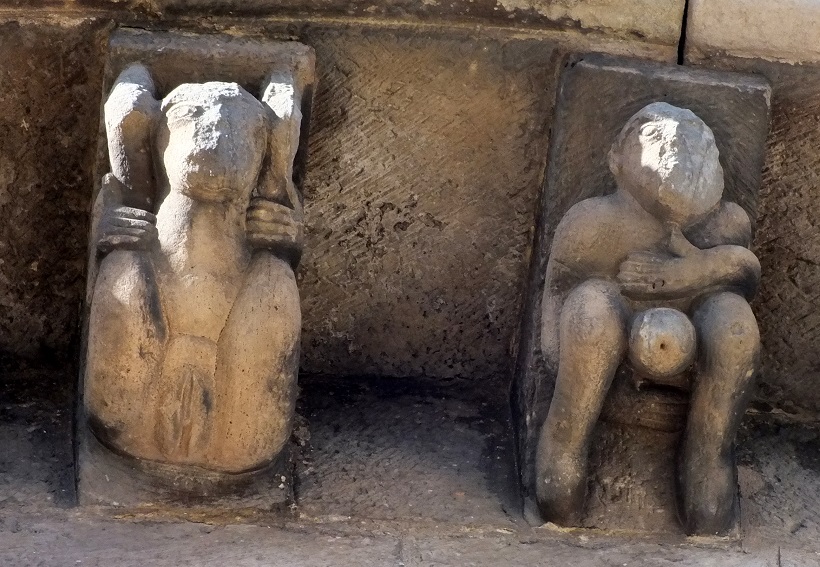
Porn is quite explicit about transmitting feelings, more specifically sexual arousal, so it would meet our definition of art. Traditional religions would hardly agree: they keep a separation between “high” (pious) and “low” (carnal) feelings, and whatever is in the middle. Nothing related to sensual pleasure can ever qualify as real art.
I don’t think this distinction has any merit. Still, I can hardly recommend anyone to devote their careers to erotic modelling as it is really limiting artistically. Even worse for porn: there is little nuance about performing sexual acts on screen.
News
Now we enter the realm of categories which are perhaps a bit surprising. Under the guise of reporting current events, newscasters and reporters will try to arouse our interest, while sometimes scaring or delighting the audience. Their serious countenance cannot distract us from the fact that they are often dealing with raw emotions.
The best news people can ellicit a sense of wonder when transmitting, while trying to keep their impartiality and objectivity. News is an interesting genre.
Influencing
Influencers do not belong by far a traditional art. And yet, like it or not, these people definitely know how to make you feel stuff. Some specialize in showing beauty over Instagram, others generate amazement over YouTube, and even others can easily make you feel rage over their shitposting.
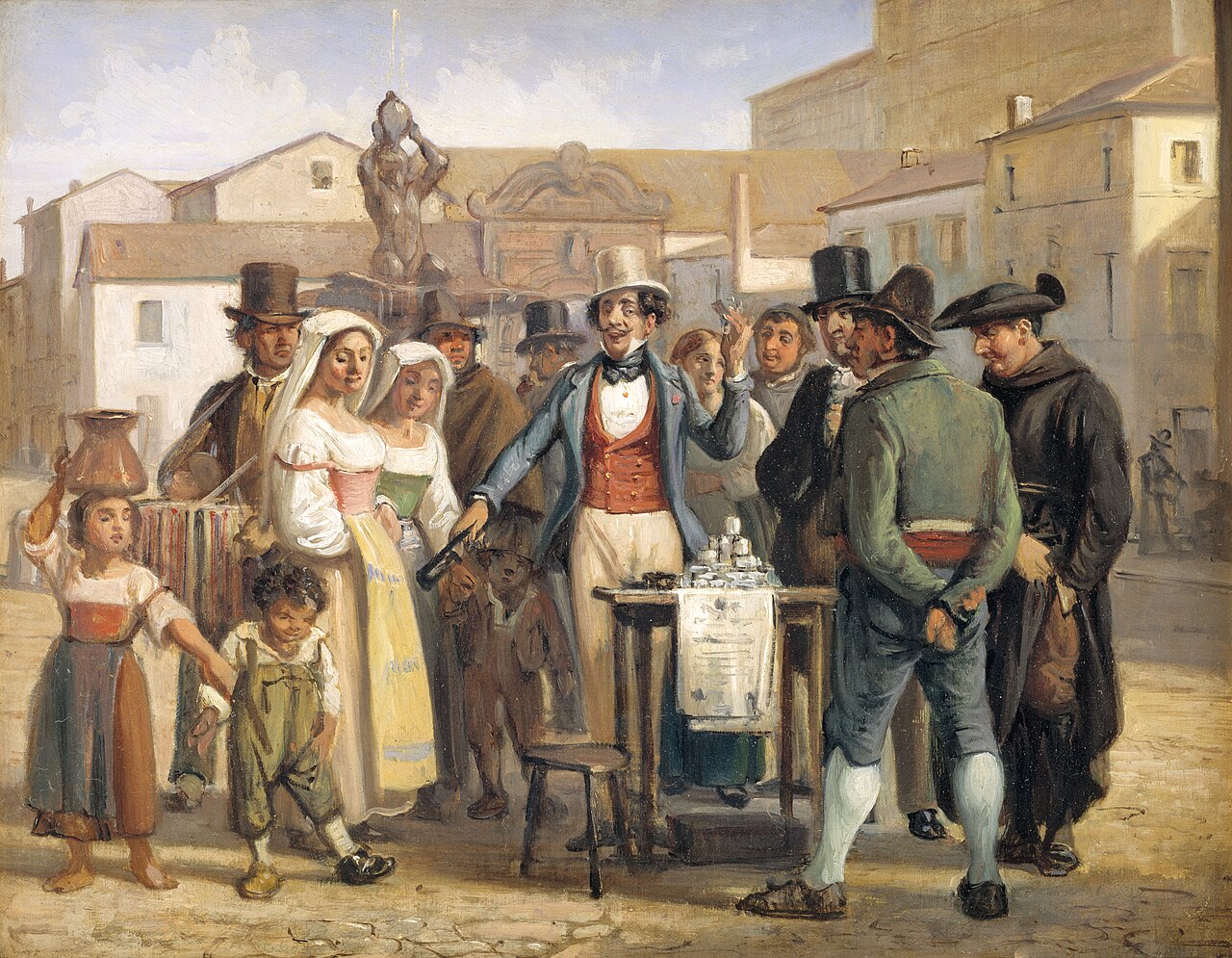
There is a certain charisma involved. Quick reaction to the audience is also essential. Modern algorithms allow influencers to react to their followers almost in real-time, something that was previously only possible with a live audience.
Gastronomy
For Plato gastronomy was the mundane reverse of medicine: the doctor recommends what is good for you, while the cook only wants to create pleasant experiences. Good enough; but then we have to concede that the emotions
With high gastronomy feeding people is not the point: a good meal can make you feel a range of feelings. The most imaginative cooks tell stories with their dishes, take you to places while enjoying the trip. Memorable dishes are even celebrated beyond their realms.
Some people may despise the culinary arts because they are ephemeral: after you consume the dish there is nothing left. But music or dance used to be no different until we learned how to record performances. Even more, for most of us visiting a museum will be just as fleeting.
Politics
The ancient term rhetoric is described in the Wikipedia page as “the art of persuasion”. It is really useful to explain things to others so that they see them as advantageous. The classic philosopher Socrates despised sophists since they learned to defend both sides of an argument. But contemplating different points of view can open your mind and widen your horizons.
Politicians may have a bad reputation in many areas, just as sophists. I do not however doubt that the great majority are hard-working and genuniely try to do good, especially in democracies. The quality of their politicians depends on how honest their societies allow them to be. The democratic process, when coupled with transparency and accountability, can make wonders for the political class.
Magic
Magic always makes you feel wonder. But some magicians have taken the art to new levels.
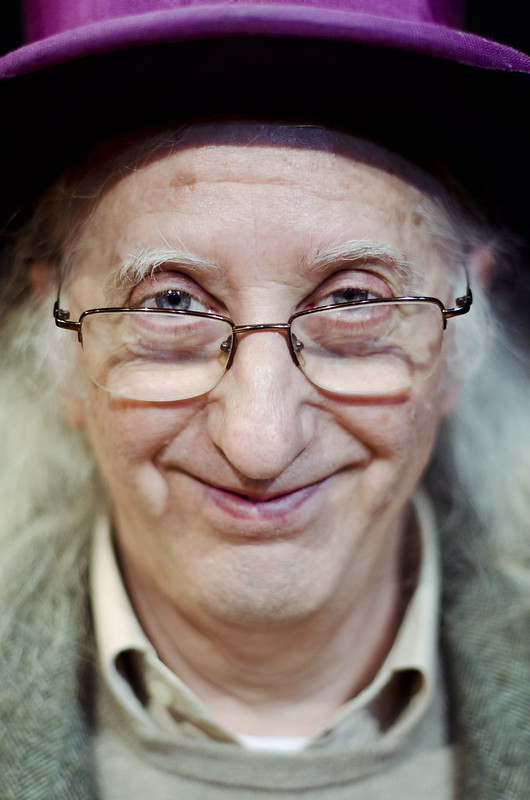
Juan Tamariz (Madrid, 1942) has always emphasized that a magic trick is a journey that takes you to a fantastic land, and the magician is accompanying the spectator along the way. He was also trained as a clown, a puppeteer and a cinema director. Watching his many performances is a delight, and they fill even the most seasoned magicians with wonder and delight.
The Dark Arts
Going by our definition alone, we could think that there are malicious activities which should be considered artistic. A synonym for a scammer is “con artist”, or confidence trickster. In a scam you have to make the victim, or “mark”, feel confidence. You also need to engage their greed, or some other desire. Similarly in phishing and other forms of social engineering. The arousal of emotions can be said to be consensual, even if the consequences are not.
There are even worse activities where victims are made to feel miserable, and there is some (or a lot of) consent from their parts. Masochistic activities or domination definitely involve a lot of emotions. I don’t think anyone sane would want to call them arts though. We may feel tempted to exclude negative emotions from our definition so we can get rid of these pursuits, but then we run the risk of banning also tragedies or sad movies. How can we keep out this dark side to some human activities which can be highly damaging to people, and choose not to consider it art?
This is an interesting question, but I don’t have an answer. As a quick note, some artists may abuse our confidence, promising some emotions but then delivering in a completely unexpected way. Gaspar Noé comes to mind as a famous director that makes shocking, controversial movies.
🤔 Conclusion
There is only a small number of classical “fine arts”, but there are many ways in which we can express our emotions for others. Learning how to transmit feelings is essential for artists, and useful for most of us in life.
Considering a wider range of arts can help us understand modern society. Some are old as time, like magic or gastronomy; but there are newer forms which did not exist a few decades ago, like computer games or influencing.
To close this tour, let me quote my teacher Arturo Martín Burgos again:
Since emotions can be quite hard to explain, any classification of “arts” is complicated: each individual is free to decide which artistic stimuli they like, cause emotions and in the end get to them. But having a scheme can help people who need to put some order in their inclinations.
🙏 Acknowledgements
Thanks to Pablo and Mapi from Casa Cactus for letting me use their wonderful computer-generated designs. Thanks to Arturo Martín Burgos for the discussions, his insightful comments and his knowledge.
Thanks to my daughter Lucía for the inspiration to write this article, and the many interesting conversations we have had about the topic of art.
Published on 2025-07-21, last modified on 2025-07-21. Comments, suggestions?
Back to the index.